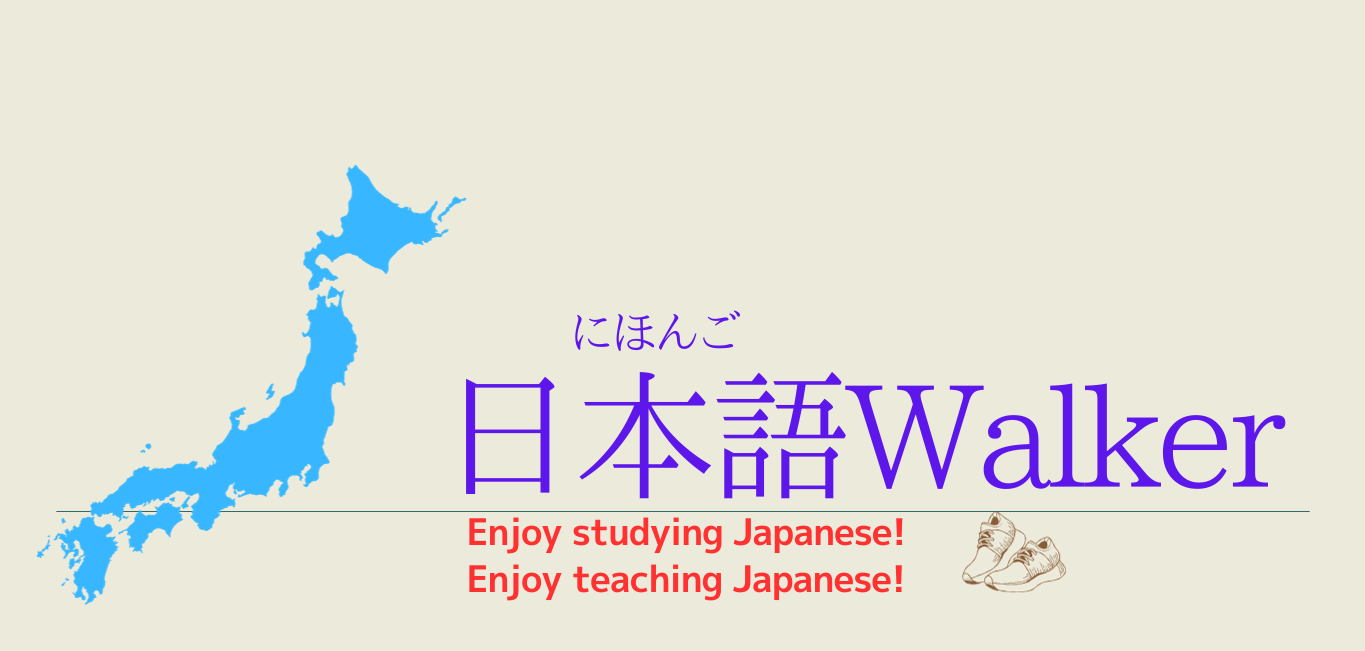JLPTをはじめ、日本語能力(にほんごのうりょく)を測(はか)る試験はいくつかあります。
が、日本語の会話能力(かいわのうりょく)を測る試験は、まだまだ少ないです。
あなたは、自分の日本語会話のレベルを知りたい時、どうしますか?
There are various tests to measure Japanese language proficiency, including JLPT.
However, there are still few tests specifically designed to measure Japanese conversation proficiency.
When you want to know your Japanese conversation level, what will you do?
- 日本語会話力を客観的に知る方法①:録音 The way to objectively assess your Japanese conversation level ① : recording
- 日本語会話力を客観的に知る方法②:人にチェックしてもらう The way to objectively assess your Japanese level ② : have someone check
- 日本語会話力を客観的に知る方法③:スマホ先生にチェックしてもらう The way to objectively assess your Japanese level ③ : have Dr.smartphone check
- 知るは一時の恥、知らぬは一生の恥(しるは いっときの はじ、 しらぬは いっしょうの はじ)
日本語会話力を客観的に知る方法①:録音 The way to objectively assess your Japanese conversation level ① : recording
自分が日本人と話しているところをスマホで録音(ろくおん)してみましょう。
それを聞き返(かえ)すと、自分の会話の発音(はつおん)や流暢(りゅうちょう)さの程度(ていど)、癖(くせ)などを客観的(きゃっかんてき)に知ることができます。
相手(あいて)の反応(はんのう)も冷静(れいせい)に聞き取ることができます。
あなたの言いたいことが、なかなか相手に伝(つた)わらなかった部分(ぶぶん)があれば、何が問題だったのかを考えることができます。
発音なのか、語彙(ごい)なのか、文法に誤(あやま)りがあったのか、等。
そしてどう言えばよかったかを考え、文を作り、それを音読(おんどく)し、録音(ろくおん)しながら練習しましょう。
そして、次にだれかと会話するときに、練習した言い方で伝(つた)えてみます。
会話の録音を聞き返すのはちょっと恥(は)ずかしいかもしれませんが、このサイクルを繰(く)り返すことで、確実(かくじつ)に会話能力(かいわのうりょく)はupしていくはずです。
地道(じみち)な方法(ほうほう)ですが、これはおススメです。
Try recording yourself when you are speaking with a Japanese person using a smartphone.
When you listen to it again, you can objectively assess aspects such as the pronunciation, fluency, and habits of your own conversation.
You can also calmly perceive the reactions of the other person.
If there were parts where what you wanted to say didn’t quite get through to the other person, you can think about what the problem might have been.
Was it pronunciation, vocabulary, grammatical errors, or something else?
Then think about how you should have said it, and make the sentence. Then practice saying it while reading aloud, and record it.
When you have a conversation with someone next time, try expressing yourself using the practiced way of speaking.
It might be a bit embarrassing to listen to the recording of your conversation, but by repeating this cycle, your conversation skills will definitely improve.
It’s a diligent method, but I highly recommend it.
日本語会話力を客観的に知る方法②:人にチェックしてもらう The way to objectively assess your Japanese level ② : have someone check
ときどき、自分の日本語会話を日本人にチェックしてもらいましょう。
友だちでも、学校の先生でもいいです。
そして、「自分の日本語に、ヘンな所(ところ)はありませんか?」と質問(しつもん)してみましょう。
信頼関係(しんらいかんけい)のできている相手なら、あなたの真剣(しんけん)さが伝わるでしょう。そして、きちんと遠慮(えんりょ)せずにヘンな所を教えてくれるでしょう。
そのとき、相手が「だいじょうぶだよ、上手だよ、ぜんぶ分かるよ」などと言ったら要注意(ようちゅうい)です。
目指(めざ)すのは「分かる日本語」ではなく、「自然(しぜん)な日本語」です。
「分かるかどうかではなくて、私の日本語の中に、日本人が普通(ふつう)話さないような不自然(ふしぜん)な言葉(ことば)とか、言い方があったら、それを教(おし)えてほしいんです」と、お願(ねが)いしましょう。
自分では気が付かないところをいろいろ指摘(してき)されるかもしれません。
でも、それこそがあなたの課題(かだい)なのです。
課題が分からなければ、いつまでもあなたの日本語会話力は、今のレベルのまま、変わりません。
Sometimes, have a Japanese person check your Japanese conversation.
It could be a friend or a teacher at school.
Then, ask “Are there any strange aspects in my Japanese?”
If you’re asking someone you have a good relationship with, they will likely sense your sincerity. They will tell you without hesitation.
At that time, be cautious if he/she says things like, “It’s okay, you’re good, I understand everything.”
The goal is not “understandable Japanese” but “natural Japanese.”
Say something like, “Rather than whether it’s understandable or not, I would like you to tell me if there are any unnatural words or expressions in my Japanese that Japanese people wouldn’t normally use. Please point them out,” when making the request.
You might receive various comments about aspects you didn’t notice about yourself.
However, that is precisely your challenge.
If you don’t know your challenges, your Japanese conversational skills will remain at the current level indefinitely.
日本語会話力を客観的に知る方法③:スマホ先生にチェックしてもらう The way to objectively assess your Japanese level ③ : have Dr.smartphone check
もし、どうしても人に聞くのが恥(は)ずかしい場合(ばあい)、あるいは日本人が周囲(しゅうい)にいない場合、スマホ先生にチェックしてもらいましょう。
スマホに、あなたの日本語音声(にほんごおんせい)で何か言葉(ことば)を入力(にゅうりょく)してみてください。正しい文字(もじ)に変換(へんかん)してくれますか?このとき、まずは文ではなくて単語(たんご)ひとつひとつを音声認識(おんせいにんしき)させる方が、スマホは厳(きび)しく判定(はんてい)してくれますから、おすすめです。
たとえば、「切手」。正しい高低(こうてい)アクセントで、きちんとまん中に小さい「つ」を入れて、「きって」と言えていないと、「来て」となったり、「切って」となったりします。・・・ま、ときどき、スマホも間違(まちが)えますけどね!
また、SiriやChatGPTの設定(せってい)を日本語にして、会話(かいわ)してみるのもいいですね。SiriやChatGPTは、あなたの日本語を、正しく認識(にんしき)してくれますか?
本当は、語学(ごがく)は人と話すことが一番いいのですが、近くに話せる日本人がいない場合は、この方法(ほうほう)も有効(ゆうこう)です。
If it is embarrassing to ask someone, or if there are no Japanese people around, let’s have Dr. smartphone check it for you.
Please try entering some words in Japanese using your smartphone’s voice input. Will it be converted into the correct characters? At this time, it is recommended to recognize each word individually through voice recognition, as smartphones tend to judge more strictly, rather than recognizing entire sentences.
For example, with the word ‘切手’ (きって。stamp), if you don’t pronounce it with the correct pitch accent and don’t include the small ‘つ’ in the middle, it might be misinterpreted as ‘来て’ (come) or ‘切って’ (cut), instead of ‘切手’ (stamp).・・・Well, sometimes Dr.smartphone makes mistakes too, as you know!
Also, it’s a good idea to set Siri or ChatGPT to Japanese and try having a conversation. Do Siri and ChatGPT accurately recognize your Japanese?
Ideally, speaking with people is the best way to learn a language, but if you don’t have Japanese speakers nearby, this method can be effective as well.”
知るは一時の恥、知らぬは一生の恥(しるは いっときの はじ、 しらぬは いっしょうの はじ)
日本には、「知るは一時(いっとき)の恥(はじ)、知らぬは一生(いっしょう)の恥」と言う言葉があります。
知らないことを聞くのは、その時は恥(は)ずかしいものです。でも、知らないことをそのままにしておくことは、一生、恥ずかしいことなのです。
あなたの日本語の話し方が、「分かる日本語」のレベルなのか、「分かるし、自然な日本語」のレベルなのか?
知らないよりは、知った方がいいです。
知って、日本語会話能力を、どんどんアップさせていきましょう!
In Japan, there is a saying: “知るは一時(いっとき)の恥(はじ)、知らぬは一生(いっしょう)の恥” (Shiru wa ittoki no haji, shiranu wa isshō no haji).
It means that it is a momentary shame to ask about something you don’t know, but not knowing and leaving it is a lifelong shame.
Whether your Japanese speaking is at the level of “understandable Japanese” or at the level of “understandable and natural Japanese,”
it’s better to know.
Knowing and continually improving your Japanese conversational skills is the key!


コメント